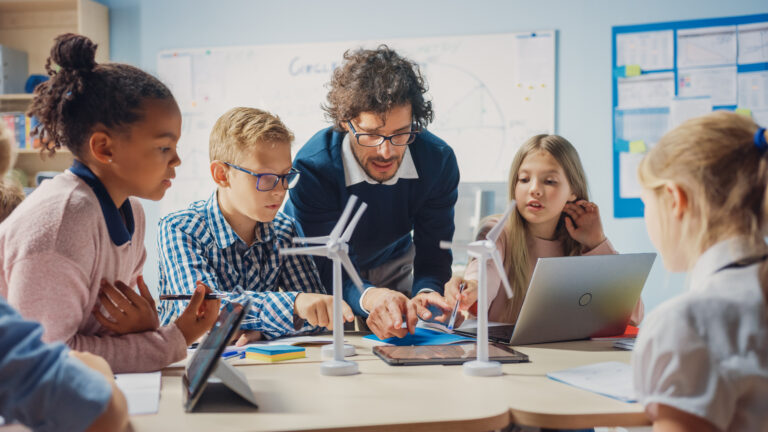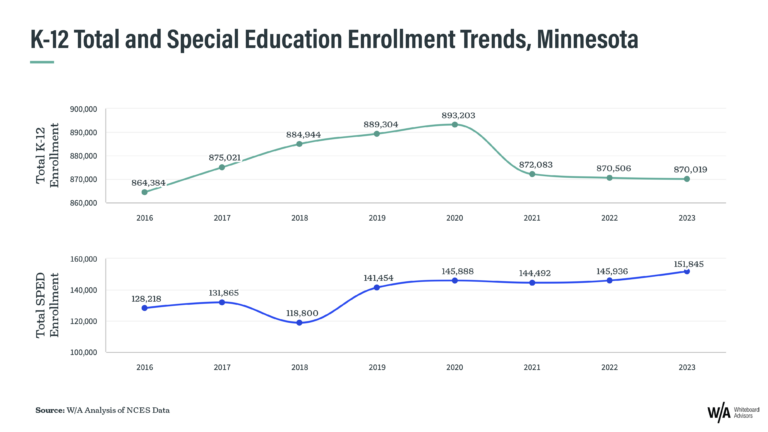Last week, the U.S. Department of Education’s Office of Educational Technology released a thoughtful explainer on how K-12 districts can leverage federal COVID-19 relief dollars for education technology.
That letter, signed by Roberto J. Rodríguez, Assistant Secretary for the Education Department’s Office of Planning, Evaluation, and Policy Development, offers welcome guidance to state and district leaders who have, at times, struggled to determine whether expenditures are allowable under the Elementary and Secondary School Emergency Relief (ESSER) Fund and the Governor’s Emergency Education Relief (GEER) Funds.
But the memo served another purpose: reminding educators that classroom edtech is one of the pandemic’s most enduring legacies. ESSER and GEER provide a once-in-a-generation opportunity for districts to invest in resources that enrich the learning experience and that prepare children for the jobs of the future.
Part of that calculus is using ESSER and GEER to tackle some of the pernicious inequities that exist in our schools — inequities that can undermine a child’s ability to learn and grow at the same rate as their peers. That includes students from historically marginalized communities, children with special needs, English learners, students experiencing homelessness and those in the foster care system.
“Many schools and communities, particularly high-need schools and communities, lack the connectivity, resources, and support for teachers and leaders needed to implement digital learning strategies as a means to improve student achievement,” Rodríguez said.
His words are a reminder that some districts are still scrambling to provide even the most basic technologies to their students, like devices and online access.
To that end, Rodríguez noted the ways in which ESSER and GEER funds can close some of these gaps through hardware, software and connectivity. He identified four areas in which these federal dollars can support digital learning:
- Improving and personalizing professional learning and other supports for educators.
- Increasing access to high-quality digital content and resources for students.
- Facilitating educator collaboration and communication.
- Providing devices for educators and students to access digital learning resources.
The nod to professional development for teachers is significant, particularly given how quickly schools adopted edtech at the start of the pandemic in March 2020. It acknowledges that educators can’t begin to close the technology gap until they themselves are familiar with digital tools and resources. It sends a message to districts across the country that training teachers is not just a worthy investment, but a priority.
“To truly recover and reimagine education, we must take bold action to transform systems to address opportunity and achievement gaps,” said Rodríguez.
His memo crystalizes that those “bold actions” must include the continued integration of digital teaching and learning in our classrooms for all students. It’s unspoken message is that ESSER and GEER give districts a rare opportunity to invest in equity, and that edtech is a valuable and necessary lever for achieving that goal.




